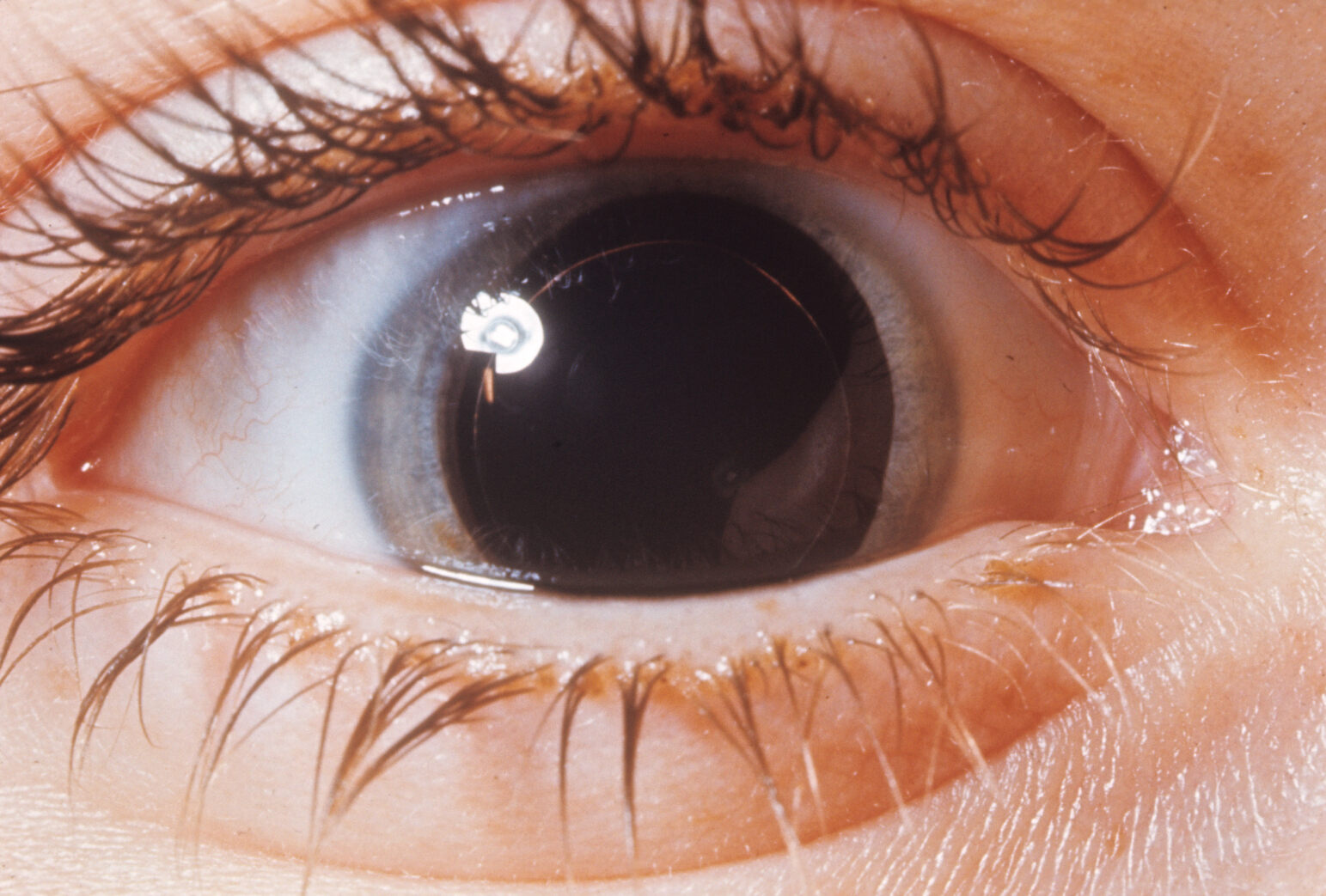
Weill-Marchesani Syndrome is a rare genetic disorder that affects connective tissue, leading to unique physical characteristics and health challenges. This condition often results in short stature, joint stiffness, and eye abnormalities like microspherophakia, where the lenses of the eyes are smaller and rounder than usual. Weill-Marchesani Syndrome can be inherited in an autosomal recessive or autosomal dominant manner, meaning it can be passed down from one or both parents. Understanding this syndrome is crucial for early diagnosis and management, which can significantly improve quality of life. Here, we'll explore 30 intriguing facts about Weill-Marchesani Syndrome to shed light on its complexities and the impact it has on those affected.
Key Takeaways:
- Weill-Marchesani Syndrome is a rare genetic disorder affecting the eyes, heart, and joints. Regular check-ups, support groups, and healthy living can help manage its symptoms and challenges.
- Ongoing research and awareness campaigns offer hope for better understanding and treatment of Weill-Marchesani Syndrome. Joining clinical trials and embracing a healthy lifestyle can make a difference.
What is Weill-Marchesani Syndrome?
Weill-Marchesani Syndrome (WMS) is a rare genetic disorder that affects connective tissues. This condition can impact various parts of the body, including the eyes, heart, and joints. Here are some intriguing facts about this syndrome.
-
Rare Occurrence: WMS is extremely rare, with only a few hundred cases reported worldwide.
-
Genetic Basis: The syndrome is usually inherited in an autosomal recessive manner, meaning both parents must carry the gene.
-
Short Stature: Individuals with WMS often have a shorter-than-average height.
-
Joint Stiffness: Joint stiffness and limited mobility are common symptoms.
-
Eye Abnormalities: Many people with WMS have eye issues like microspherophakia, where the lenses are small and spherical.
Symptoms and Diagnosis
Understanding the symptoms and how WMS is diagnosed can help in early detection and management.
-
Heart Defects: Some individuals may have heart defects, such as mitral valve prolapse.
-
Brachydactyly: Short fingers and toes, known as brachydactyly, are often seen in WMS patients.
-
Lens Dislocation: The lenses of the eyes can dislocate, leading to vision problems.
-
Myopia: Severe nearsightedness is another common symptom.
-
Skin Changes: Thickened skin can occur, particularly on the palms and soles.
Genetic Mutations
The genetic mutations responsible for WMS are fascinating and complex.
-
ADAMTS10 Gene: Mutations in the ADAMTS10 gene are a known cause of WMS.
-
FBN1 Gene: Some cases are linked to mutations in the FBN1 gene, which also causes Marfan syndrome.
-
Heterogeneous Mutations: Different mutations can lead to varying symptoms, making each case unique.
-
Carrier Testing: Genetic testing can identify carriers of the WMS gene.
-
Prenatal Diagnosis: Prenatal genetic testing is possible for families with a history of WMS.
Treatment and Management
While there is no cure for WMS, various treatments can help manage the symptoms.
-
Regular Eye Exams: Frequent eye check-ups are crucial for managing vision problems.
-
Surgery: Some individuals may require surgery to correct lens dislocation.
-
Physical Therapy: Physical therapy can help improve joint mobility and reduce stiffness.
-
Heart Monitoring: Regular heart check-ups are essential to monitor and manage heart defects.
-
Pain Management: Medications and therapies can help manage pain associated with joint stiffness.
Living with Weill-Marchesani Syndrome
Living with WMS presents unique challenges, but many people lead fulfilling lives.
-
Support Groups: Joining support groups can provide emotional and practical support.
-
Educational Support: Special educational plans may be needed for children with WMS.
-
Adaptive Devices: Tools like magnifying glasses can help with vision problems.
-
Healthy Lifestyle: A balanced diet and regular exercise can improve overall health.
-
Mental Health: Counseling and mental health support are important for coping with the challenges of WMS.
Research and Future Directions
Ongoing research aims to better understand and treat WMS.
-
Gene Therapy: Scientists are exploring gene therapy as a potential treatment.
-
Clinical Trials: Participation in clinical trials can provide access to new treatments.
-
Biomarker Research: Identifying biomarkers can help in early diagnosis and treatment.
-
Patient Registries: Registries help researchers collect data and improve understanding of WMS.
-
Awareness Campaigns: Raising awareness can lead to better support and resources for those affected.
Final Thoughts on Weill-Marchesani Syndrome
Weill-Marchesani Syndrome (WMS) is a rare genetic disorder that affects connective tissue, leading to unique physical characteristics and potential health challenges. Understanding WMS helps in early diagnosis and management, improving the quality of life for those affected. Key symptoms include short stature, joint stiffness, and eye abnormalities like microspherophakia. Genetic testing confirms the diagnosis, guiding treatment plans.
Management often involves a multidisciplinary approach, including regular eye exams, orthopedic evaluations, and possibly surgical interventions. Early intervention can prevent complications and enhance daily living. Support groups and genetic counseling provide emotional and practical support for families navigating this condition.
Staying informed about the latest research and treatments is crucial. Awareness and education about Weill-Marchesani Syndrome can lead to better outcomes and support for those living with this rare disorder.
Frequently Asked Questions
Was this page helpful?
Our commitment to delivering trustworthy and engaging content is at the heart of what we do. Each fact on our site is contributed by real users like you, bringing a wealth of diverse insights and information. To ensure the highest standards of accuracy and reliability, our dedicated editors meticulously review each submission. This process guarantees that the facts we share are not only fascinating but also credible. Trust in our commitment to quality and authenticity as you explore and learn with us.
